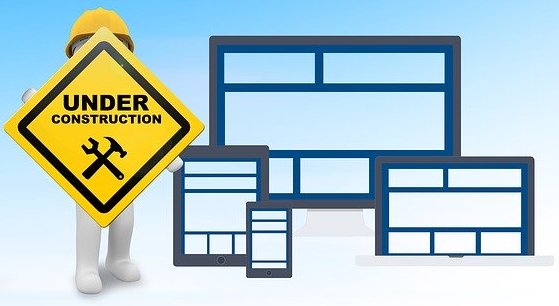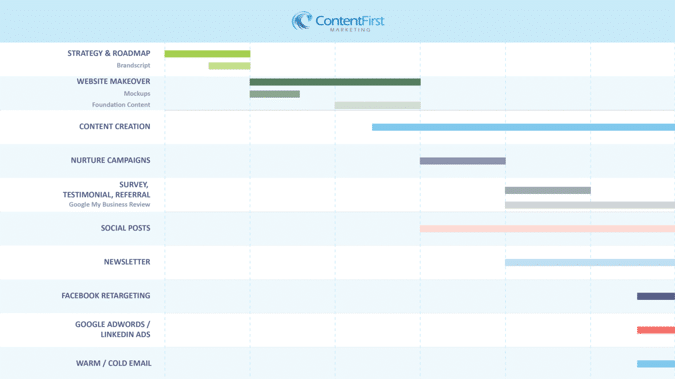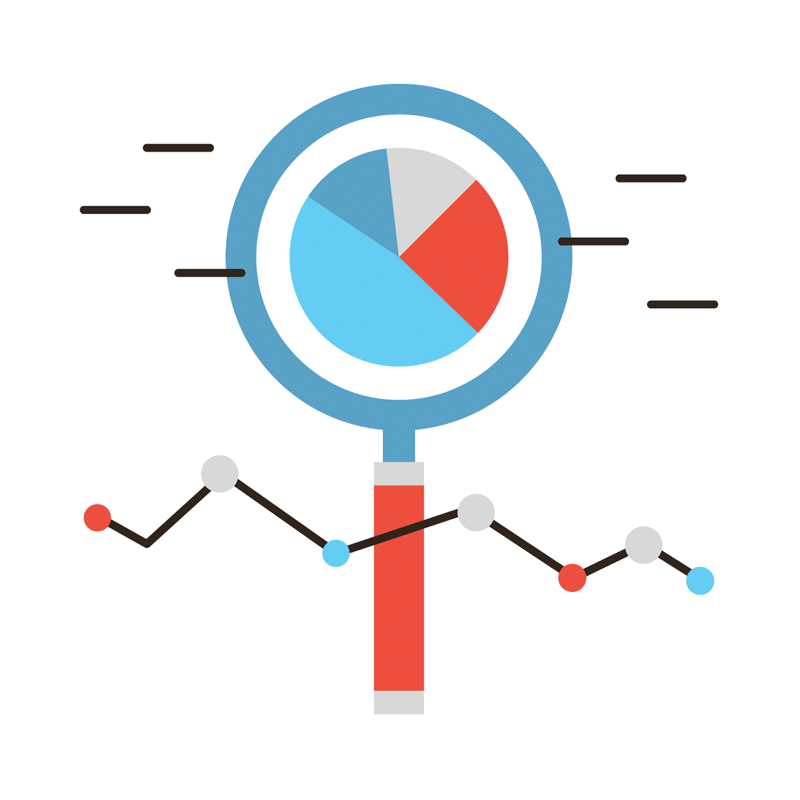
In our previous blog, we discussed why hiring a web design company is a great investment in your marketing strategy. We’ve listed all the hidden benefits and how you can maximize the use of your website and integrate it into your overall marketing plan.
If you’re reading this article, chances are, you’ve decided to hire a professional website designer to handle your web design project—whether it’s to create or redo your website. You’re convinced about the benefits. Yet, you may not know much about the process.
So, we’re giving you an overview of our process and how we work with our clients.
The chart above illustrates the process that we employ in building a website for our clients. And as you can see, the difference between our method and those of traditional web developers is that we go beyond mere website design and creation.
The Process of Web Design to Support a Digital Marketing Strategy
1. Strategy and Roadmap
All the work that we do in creating a useful web site is geared towards your overall digital marketing strategy. As a digital marketing company, we follow a strategy and roadmap explicitly designed to meet your goal as a growing business.
If you have an existing website, we look at the things you’d like to change and which areas you want to magnify and we incorporate these into the website designing processes.
After the initial analysis and strategy formulation, we create a brand script.
This will ensure that the website will address your requirements, meet your needs, and reflect your brand voice.
In this step, we define your target audience, including their demographic profiles, psychological make-ups, and behavioral analysis of how they handle their problems, and the like.
We also want to define the problem of your target customers and your solution to their problem.
We would like to know your niche. What makes you unique? We want to highlight the things that you offer best. What’s the culture of your company and the things that you value and form part of your mission?
We also want to know the desired purpose of your website. This will dictate the kind of content and functionality that we will put in the design process.
We ask detailed questions like:
- How will the site contribute to your overall marketing goals?
- When do you need the website up and running?
- Is there a momentous event like the launch of a particular product or service that we need to consider?
- How involved do you want the website to be?
- Do you want a web app?
- Do you plan to start small and expand later?
- Answering these questions helps us define the scope of the project.
2. Planning
Based on the information gathered, we create a summary document or project charter and draft the deliverables, including the budget and terms of the agreement. In these planning phases, we also lay out the information architecture. This would show the relationship between the pages and will help with designing the sitemap and wireframes.
3. Design, Development, and Execution
This is where most of the technical work goes in. It will include setting the wireframe, mock-ups, coding html and css, content management systems, and laying down the foundation content.
We create visual elements that reflect your brand and the color scheme that matches your company’s palette. The brand script will guide the message and visual design.
Having your company history, product and services brochures, staff write-ups, and high-quality photos ready will speed the process of content integration by the designer and developer.
We will ensure that all the content is search-engine optimized. Based on your target customers and prospect, we choose local and specific keyboards so your website can easily be found in search engines like Google. The goal of search engine optimization is to drive traffic to your site.
4. Launch and Going Live
Once all the design elements are in place, we launch the website by uploading it to the server. So, is the work done at this stage?
Far from sitting back and relaxing, this is when we review the website to make sure everything works seamlessly and provides a great user experience.
We identify issues with a technical SEO audit. These include but are not limited to:
- duplicate content
- title tags and meta tags
- “thin” or low content levels on site pages
- broken links
- page speed issues
- SSL/HTTPS implementation
- missing title and meta tags
- missing or poorly written headers
- image alt tags
- no-follow attributes
- crawlability
- content rendering
- AMP configuration
We then get your feedback based on the initial expectations and goals that we set during the design and development process.
5. Post-launch
We have a handy C1M app for our clients, whereby you can monitor the performance of your website over time. You will know where your customers are coming from. Did they search for you on Google?
Did they click your Facebook ad?
You can even monitor the number of callers and have a list of their contact information.
If you’ve signed up for blogs/content service, you’ll be able to view the blogs in the pipeline or even suggest topics you want to be posted on your website. Our blogs are crafted according to your market, and you can check its performance in the app.
We also help you with site management, and this includes:
- Ongoing keyword performance analysis, additions, and deletions
- Ongoing ad copy analysis and testing
- Continued conversion tracking analysis
- Detailed PPC reporting and analysis
- Proprietary Artificial Intelligence Algorithms to dynamically adapt the campaigns
You will work with our project manager to review performance analytics and project adjustments, if any.
At this point, it’s all about monitoring, maintaining, and optimizing the performance of your website based on data analytics.
However, a website will languish if you don’t pump fresh content into it.
Adding Content to Your Website
This goes hand-in-hand with your other nurture marketing campaigns like:
- social media campaigns
- testimonials & referrals
- email automation campaigns
- newsletters / Email Digest Sent to your contacts with fresh, engaging content
- reputation and community management
Your marketing strategy should not end with having a live website. Our goal is not merely to create a website. We want you to have an effective digital presence from start to finish. Having a website is nothing if you have no lasting or impactful presence.
What are the indicators that your website is doing the work you’ve designed it to do?
- Your website is engaging enough to convert your prospects to interested clients, ie, they pick up the phone or click a button
- This initial contact leads to an initial consult
- They come back for more
To achieve these with your website, you need all other vital elements that would support your web presence.
Watch the video below to learn more about the other parts of an effective digital presence that you should employ, once your website comes live.
Now you see the many intricate parts and steps included in the web design process. But we’ve simplified things so you can have a website that’s not only professionally crafted but will establish your authority in your given field. Once it’s up and running, you can rely on it to build your business’ online presence and do the work for you.
Leave the Marketing to Us
Not sure how to navigate all the details of a solid digital marketing plan? We can help! Schedule a free business review here to find out how we help businesses grow. You can use these insights for inspiration, and let us do the marketing for you.



